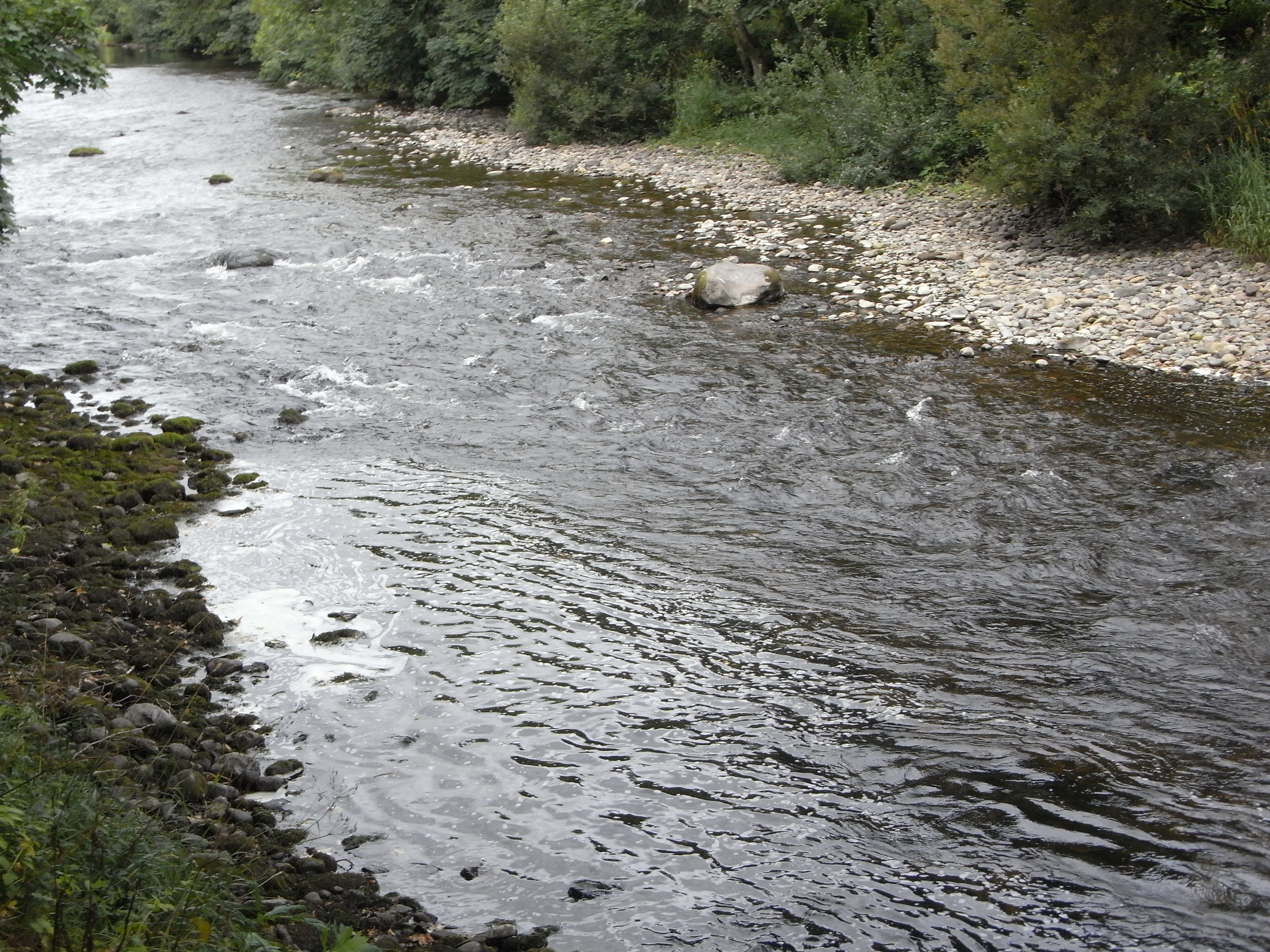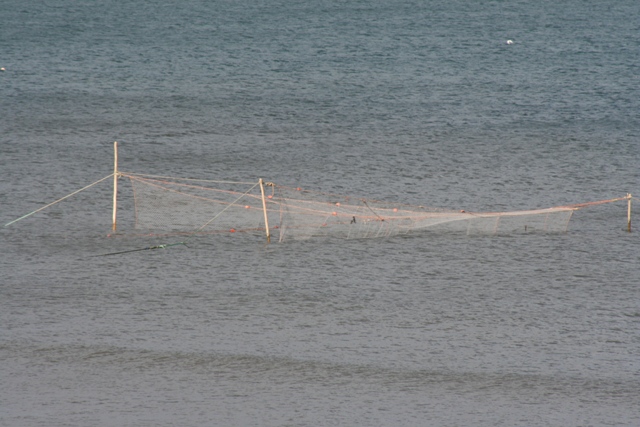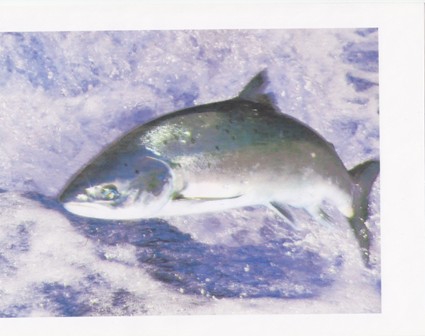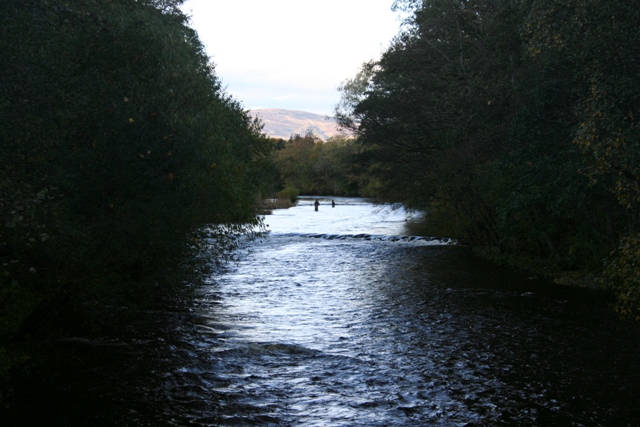These bulletin blogs represent news about Finavon and the South Esk, and my views as a riparian owner. While I may digress at times to write about other places, these are not the views of any other organisation, nor are they designed to promote the interests of any individual or organisation other than Finavon Castle Water and factors affecting the fishery. Tony Andrews
I saw the post below on the Salmo Proboards Forum and thought it so apposite to the current situation on the Esks that I thought I could do no better than quote it in full in one of my bulletin blogs.
The author calls himself/herself ‘Adipose’ and this is what Adipose wrote:
“Very few fishery owners make money from letting their fishing. Costs of managing a rod fishery are huge and rents, especially on beats showing average catches of less than 150 salmon each year, are insufficient to cover those costs.
Let me give you an example of one 150 average catch fishery I know on the South Esk
Annual rent from all sources is just under £20,000
Fishery Board levy £8000
Maintenance and cleaning of huts £1500 – £2500
Cutting of grass paths and maintenance of pools £5000 +
River watcher and Ghillie wages about £8000
The owner, who manages to let a good proportion of the available weeks at an average of £60 per rod day, ends up subsidising the people who come to fish. But he doesn’t resent doing that (see below).
So why would someone do that? Why would they knowingly lose money? The answer is very simple (and I am now thinking of three owners on well known east coast rivers). They enjoy managing a fishery, living close to the river, meeting their visiting fishers, looking after the natural riverside environment and wildlife. it is a way of life. None of the three people I have in mind wants to make a quick buck. Nor do they want to sell their beats and benefit from the very considerable capital locked up in their property. Actually, the only possible profit they might make would come from selling their beats. And then they would have lost their way of life.
Isn’t it a wonderful thing that there are idiots around who are prepared to look after our rivers and lose money in the process? Most of these beats are well looked after too!
It is an absolute myth that riparian owners are “pocketing” huge amounts of cash. There is no such cash available, except on the very few big river or famous premium beats. If you disagree with me please give me examples and amounts of money involved. I think you will find it hard to find a single example of profiteering by riparian owners on ‘modest beats’ (150 salmon per year average).
Now, let’s put that scenario in the context of what the netting interests are doing:
Their levy is far less than the riparian owner’s levy. why?
They reap huge amounts of money from selling dead spring salmon. In May 2011 Usan Fisheries killed 2307 salmon worth over £300,000. Just one month!!! If you want to know who is profiteering from our salmon you need look no further. The Usan company employs very few people, pays very little money to conserve salmon and sea trout and kills 100% of their catches.
What a way to run a country!”
Read more: http://salmo.proboards.com/posts/recent#ixzz2knjQjkyh
It is time for riparian owners and angling club owners/long lease holders to retaliate for all the first-nation-type (you know the argument: “we are Scotland’s poor, working class workers being exploited by the super-rich toffs & foreigners”) garbage propaganda being pedalled by the netting community!
Perhaps, if anyone agrees with me, they should let me know. Maybe we should mount a campaign of truth? I say that because the Scottish Government is either being duped by, or is conniving with, the propaganda which is ‘un peu economique avec la verite’ as my schoolboy French might have it.



